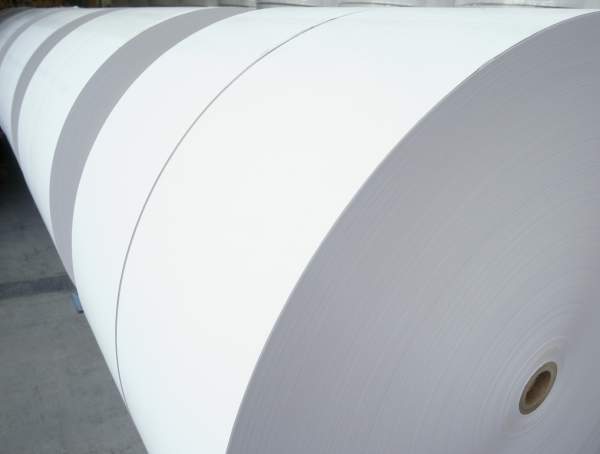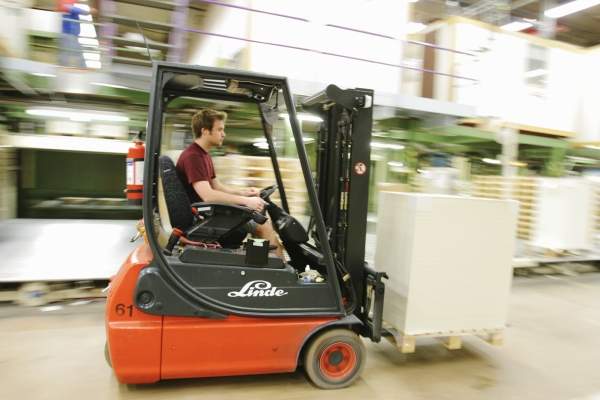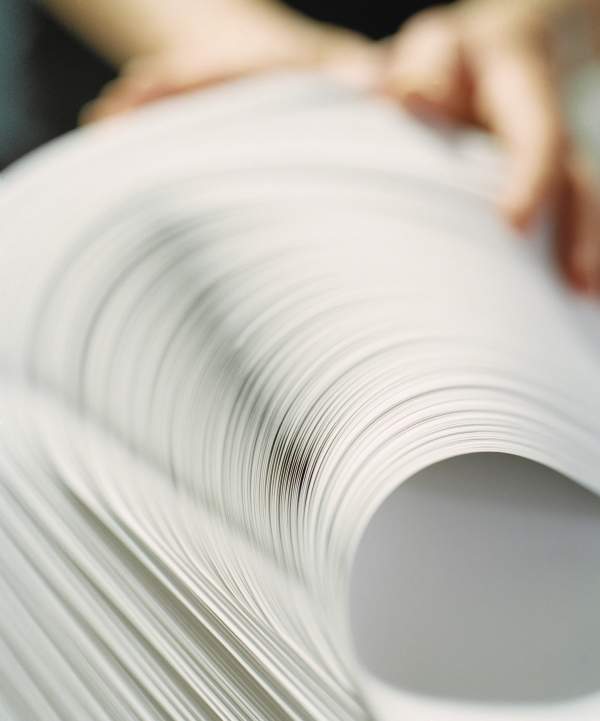Stora Enso owns a mill in Castellbisbal, situated 20km from Barcelona in Spain. It produces 160,000t of white lined chipboard (WLC) annually from recycled fibres. Construction of the facility started in 1964 with operations commencing in 1968.
The facility includes an 8,000m2 warehouse and a cogeneration plant which provides steam and electricity.
Stora Enso’s Cartiberia sheeting plant is located adjacent to the mill and is equipped with five sheeters. It cuts board manufactured in Finland, Germany and Sweden.
The company launched new recycling technology at the mill in September 2011.
The process was given the ‘Best of the Best’ LIFE Environment Projects award for 2010 by the European Union.
Products produced by Stora Enso’s Castellbisbal mill
The WLC produced at the mill includes three layers and is coated on both sides. The first layer is made of 100% white waste paper, the medium layer includes 85% waste paper and 15% thermo-mechanical paper and broken cardboard, and the last layer includes 100% waste paper and broken cardboard.
The products are used for packaging chocolate and confectionery, detergent and household products, food items and pharmaceuticals.
Equipment installed at the Spanish mill
The mill is equipped with a Tampella board machine, BM 1, which has a trim width of 400cm.
The machine can operate at a maximum speed of 500m/min. It is equipped with three Fourdrinier headboxes, a Yankee paper dryer and three coaters.
The Tampella board machine is equipped with a Mütek PCT-20 Charge Analyser, supplied by Germany-based BTG. The Charge Analyser helps to reduce chemical costs.
The mill is also equipped with a ValCoat coating station supplied by Metso paper.
Process for meeting high standards
The WLC manufactured at the plant is made from recovered paper such as white waste, newspapers, magazines, telephone directories, household items, milk and beverage cartons and tetrabricks. These materials are recovered from the Barcelona region. Milk and beverage cartons are received from Spain, France, Portugal and the UK.
Virgin fibres constituting about 10% of total raw materials are added to the WLC in order to meet Stora Enso’s high quality standards.
The company commenced recycling of cores from cardboard reels in 2006 to use in the manufacture of WLC. The cardboard reels come from the Stora Enso operations in Finland and Sweden.
Technology
Stora Enso and Alucha Recycling Technologies collaborated to develop the new recycling technology introduced at the mill. The technology includes recycling of juice and milk cartons.
Drink cartons are usually made of paper and thin plastic-aluminium layers. Existing technologies could recover only the paper present in the cartons while the plastic-aluminium layers ended up in landfill.
The new technology is based on pyrolysis and includes heating of the cartons in the absence of oxygen. Cardboard is first separated from the cartons and fed into a chamber.
It is then heated in a controlled environment due to which the plastic evaporates to form a hot gas. The gas is cooled down to produce recycled oil and gas.
Benefits of Stora Enso’s white lined chipboard (WLC) mill
The introduction of the new technology has enabled the plant to use 50,000t of cardboard annually recovered from drinks cartons. The process reduces the amount of waste going into landfill and helps in protecting the environment as well.
Using recovered plastic to generate steam for the mill will save 6,300t of natural gas. The process also avoids about 50,000t of laminate being sent to landfill, saving about 1,500 lorry trips and the resulting carbon emissions. It enables aluminium to be recovered effectively.






